Introduction
Steamed egg custard, often referred to as “steamed eggs” or “water eggs” in various culinary traditions, is a dish that epitomizes simplicity and elegance. Its soft, silky texture and mild flavor make it a favorite among both children and adults. While the basic concept may seem straightforward, achieving the perfect balance of texture and taste can be a delicate endeavor. This comprehensive guide aims to demystify the process and empower you to create restaurant-quality steamed egg custard at home. From selecting the right ingredients to mastering the steaming technique, we’ll cover every aspect of how to make water steamed eggs that are sure to impress.
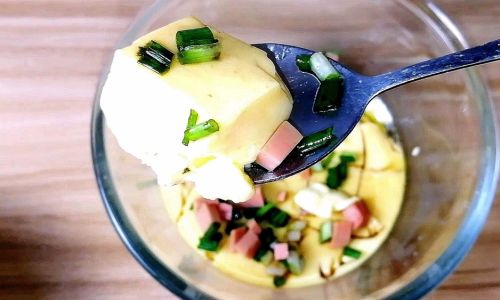
Section 1: Understanding the Ingredients
The key to a successful steamed egg custard lies in the quality and proportions of its ingredients. Here’s a breakdown of what you’ll need:
1 Eggs
- Choice of Eggs: Fresh, large eggs are ideal. Free-range or organic eggs tend to have a richer flavor and better color.
- Number of Eggs: Typically, 2-4 eggs are used per serving, depending on the desired portion size and the depth of the custard.
2 Water
- Quality: Use filtered or bottled water to avoid impurities that can affect the texture and taste.
- Ratio: The ratio of water to eggs is crucial. A common ratio is 1.5 to 2 parts water to 1 part egg (by volume). Adjust based on personal preference for firmness.
3 Seasonings
- Salt: A pinch of salt enhances the flavor without overpowering the delicate taste of the eggs.
- Optional Additions: Dash of soy sauce, sesame oil, or a sprinkle of chopped green onions can elevate the dish. For a sweeter variation, consider adding a touch of sugar or honey.
4 Condiments and Garnishes
- Sauces: Light soy sauce, dark soy sauce for color, and chili oil for a spicy kick.
- Garnishes: Finely chopped scallions, sesame seeds, or a drizzle of toasted sesame oil can add visual appeal and additional layers of flavor.
Section 2: Preparation Techniques
1 Mixing the Ingredients
- Cracking the Eggs: Crack the eggs into a bowl, being careful to remove any shell fragments.
- Whisking: Use a fork or whisk to beat the eggs until the yolks and whites are fully combined. Avoid over-whisking, which can incorporate too much air and make the custard tough.
- Adding Water: Gradually pour in the water while whisking continuously to ensure an even mixture.
- Seasoning: Add a pinch of salt and any other desired seasonings. Continue to whisk gently until well incorporated.
2 Sieving for Smoothness
- Importance of Sieving: Passing the egg mixture through a fine-mesh sieve removes lumps and air bubbles, ensuring a silky smooth texture.
- Technique: Place the sieve over another bowl and pour the mixture through it slowly, using a spatula to press on the solids and help the liquid pass through.
3 Steaming Preparation
- Boiling Water: Fill a steamer or a pot with water and bring it to a rolling boil.
- Steaming Dish: Choose a heatproof dish with a flat bottom and sides that are not too tall, as this will help the custard cook evenly.
- Greasing the Dish: Lightly grease the dish with oil to prevent sticking.
Section 3: The Steaming Process
1 Pouring the Mixture
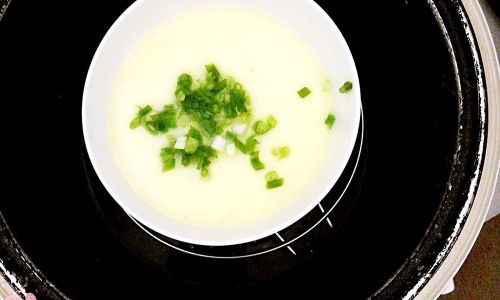
- Carefully pour the sieved egg mixture into the prepared steaming dish. Avoid creating bubbles by pouring slowly and gently tapping the dish on the counter a few times to release any trapped air.
2 Covering and Steaming
- Place the dish in the steamer basket or on a rack above the boiling water.
- Cover the steamer tightly to trap steam and maintain a consistent temperature.
- Timing: Steam for about 10-15 minutes, depending on the depth of the custard and your preferred firmness. Start checking at the 10-minute mark by inserting a toothpick or knife into the center; it should come out clean or with just a slight trace of egg mixture clinging to it.
3 Avoiding Overcooking
- Overcooking can lead to a rubbery texture. If the custard starts to form large bubbles or looks too firm, remove it from the steamer immediately.
- To prevent condensation from dripping onto the custard and causing it to become watery, cover the steaming dish with aluminum foil, making sure to poke a few small holes for steam to escape.
Section 4: Finishing Touches
1 Cooling
- Once steamed, remove the dish from the steamer and let it cool slightly before serving. This helps the custard set further and prevents it from breaking apart when sliced.
2 Serving
- Presentation: Slice the custard into portions with a sharp knife. For a neat presentation, run the knife under hot water and wipe it clean between cuts.
- Sauces and Garnishes: Serve with your choice of sauces and garnishes. Light soy sauce is a classic pairing, but feel free to experiment with other flavors.
Section 5: Troubleshooting and Tips
1 Common Issues and Solutions
- Lumpy Texture: Ensure the mixture is thoroughly sieved.
- Watery Custard: This can be caused by too much water or undercooking. Adjust the water-to-egg ratio and steam for a longer duration.
- Tough Texture: Over-whisking or overcooking can lead to a tough custard. Be gentle when mixing and watch the steaming time closely.
2 Expert Tips
- Temperature Control: Use low to medium heat to maintain a gentle steam. High heat can cause the custard to curdle.
- Pre-heating the Dish: Warming the steaming dish slightly before adding the egg mixture can help prevent the edges from setting too quickly.
- Storage: Leftovers can be refrigerated and reheated gently in the microwave or over a pot of simmering water.
Conclusion
Steamed egg custard is a dish that embodies the essence of culinary artistry through simplicity. By following the steps outlined in this guide, you’ll be able to create a dish that is not only visually appealing but also delightfully comforting in taste and texture. Remember, the key to success lies in attention to detail, from the quality of ingredients to the precision of steaming. With practice, you’ll soon master the art of making water steamed eggs that are sure to become a staple in your kitchen and a cherished part of your family’s mealtime traditions. Happy steaming!
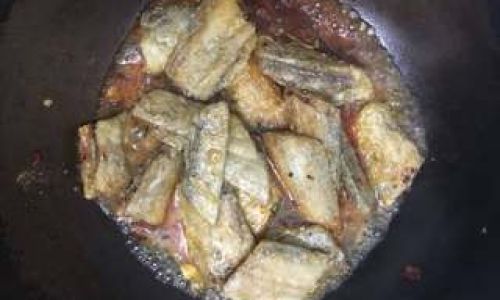
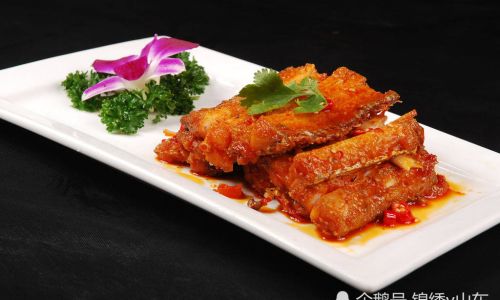
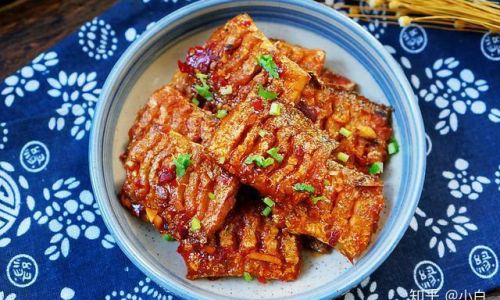

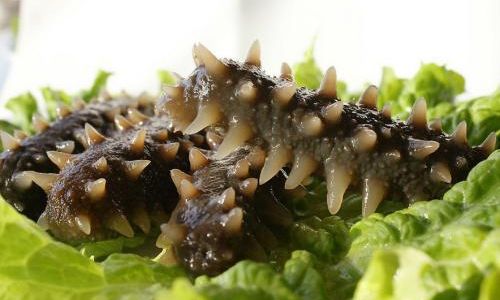
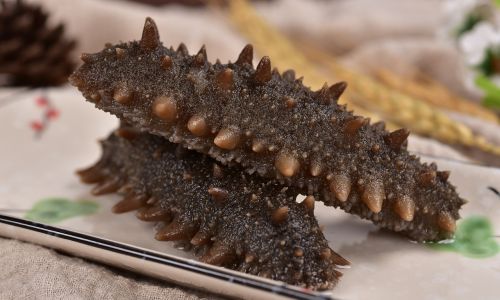
0 comments